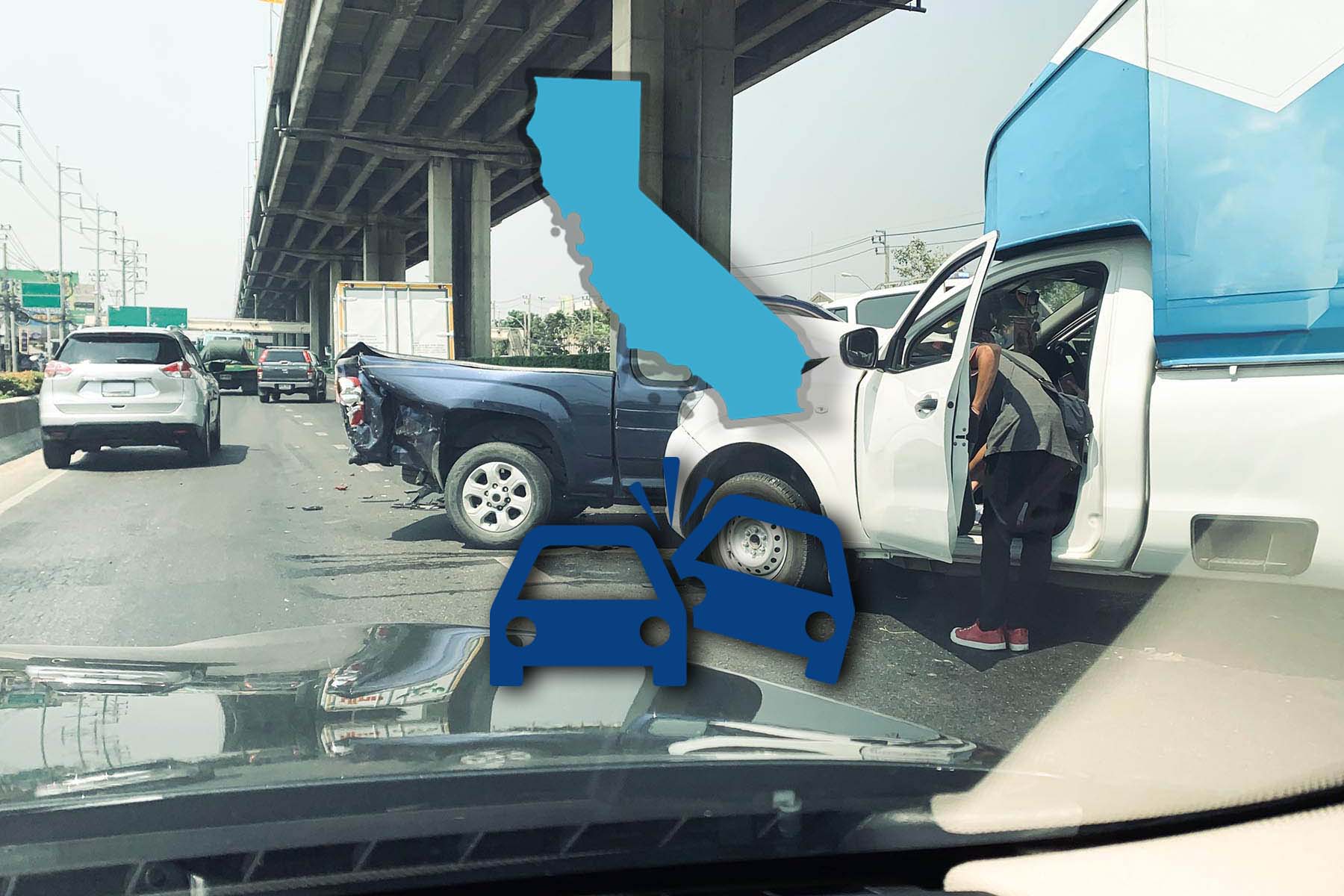
California hit and run laws: Do police investigate hit and runs in California?
- California hit and run laws: Do police investigate hit and runs in California?
- California hit and run laws: Vehicle Code 20001 Felony Hit and Run explained
- What happens when you leave the scene of an accident in California
- When does a hit-and-run become a felony in California?
- What is the penalty for hit and run in California?
- What is the penalty for a hit and run while intoxicated in California?
- How is fault determined in California?
- What is the statute of limitations for accidents in California?
- What evidence is needed to convict a hit and run in California?
- California hit and run laws: What are the defenses for a hit and run in California?
- Accepting responsibility for all expenses of the accident
Yes. Under California code section 20001, a hit-and-run is a misdemeanor if no one suffers injury or death. A hit and run escalates into a felony if the driver was drunk at the time, under the influence, acted negligently, or if the accident results in death.
Quick take: California hit and run laws
- You may settle an accident out of court.
- California hit and run laws do not prevent prosecutors from pursuing other charges.
- A hit-and-run escalates into a felony if the victim dies or suffers serious injury.
- Failure to immediately stop at the scene of an accident is a misdemeanor or felony.
References
- California Vehicle Code 20001 Felony Hit and Run
- California Vehicle Code 20002 Felony Hit and Run
- California Vehicle Code 20003 Felony Hit and Run
- California Vehicle Code 20004 Felony Hit and Run
- California Vehicle Code 20001-20018
- California Penal Code 1378
California hit and run laws: Vehicle Code 20001 Felony Hit and Run explained
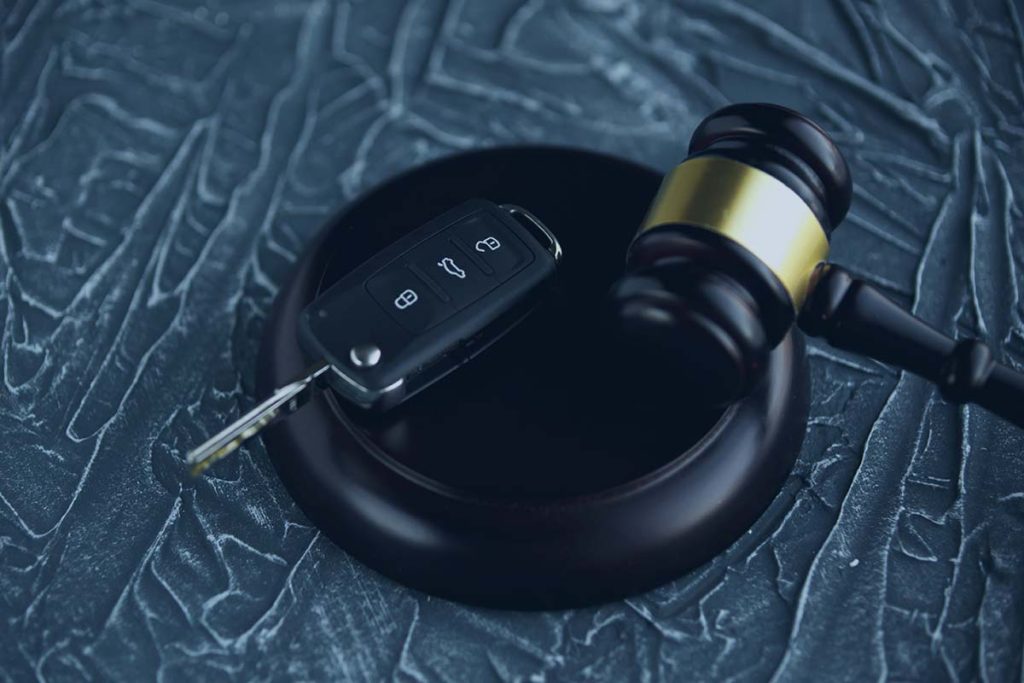
Note that “felony hit and run” does not mean that every hit and run incident in California is a felony. In California, a hit-and-run is considered a wobbler crime. That means that the crime can be charged as a felony or misdemeanor depending on the facts involved.
What is a wobbler crime?
A wobbler crime in California is a crime that can be charged as a misdemeanor or felony. It is up to the prosecutor to decide. Remember, to convict you of a hit and run. Prosecutors must prove without a reasonable doubt that -you were involved in an accident, the accident caused property damage, death, or injury, you were aware of your involvement in a traffic collision, and you willfully fled the scene without fulfilling the requirements below.
What to do immediately after a hit and run in California
Section 20001 requires that whenever a driver or vehicle is involved in an accident that results in injury, property damage, or death, the driver must immediately stop and fulfill the requirements of California code sections 20003 and 20004.
Section 20003 and 20004 requirements/ your duties at the scene of an accident in California:
- If the accident only results in property damage, the driver must stop the vehicle in a way that does not impede traffic or jeopardize the safety of other road users.
- You must notify the owner of the vehicle or the person attending the vehicle of the accident.
- You must present your current residential address, driver’s license, or other valid identification documents.
- Render reasonable assistance to anyone injured during the incident.
What happens when you leave the scene of an accident in California
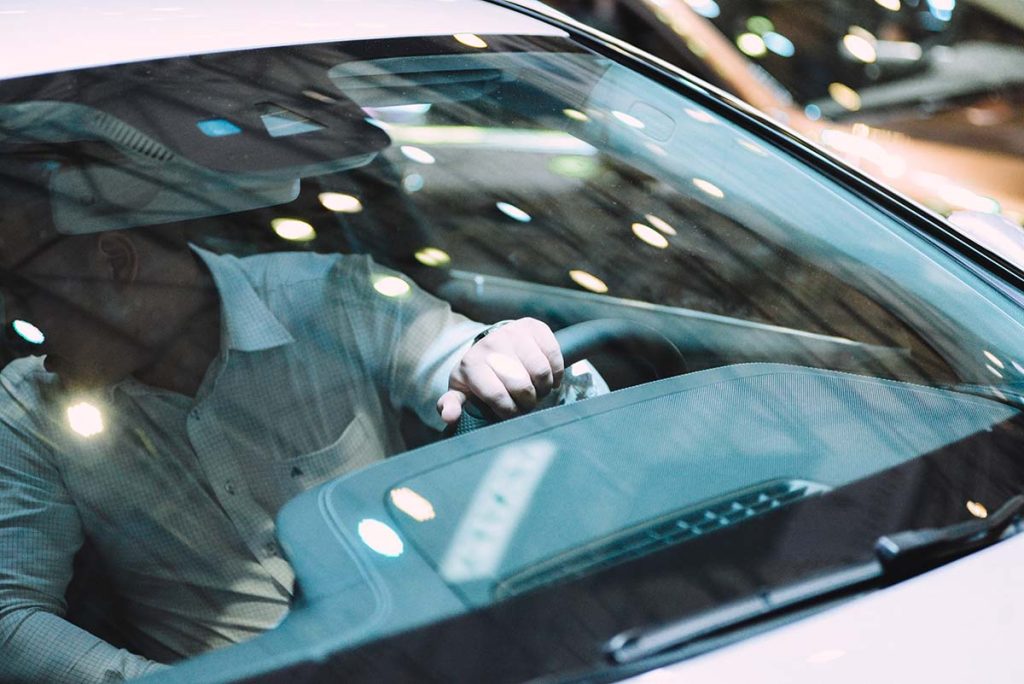
Failure to fulfill the requirements above means that the individual is guilty of a misdemeanor if the accident only results in property damage. What if the driver or owner of the vehicle is unreachable?
Section 20002 part 2, requires that, quote:
“Leave in a conspicuous place on the vehicle or other property damaged a written notice giving the name and address of the driver and the owner of the vehicle involved and a statement of the circumstances thereof and shall without unnecessary delay notify the police department of the city wherein the collision occurred or if the collision occurred in unincorporated territory, the local headquarters of the Department of the California Highway Patrol.”
When does a hit-and-run become a felony in California?
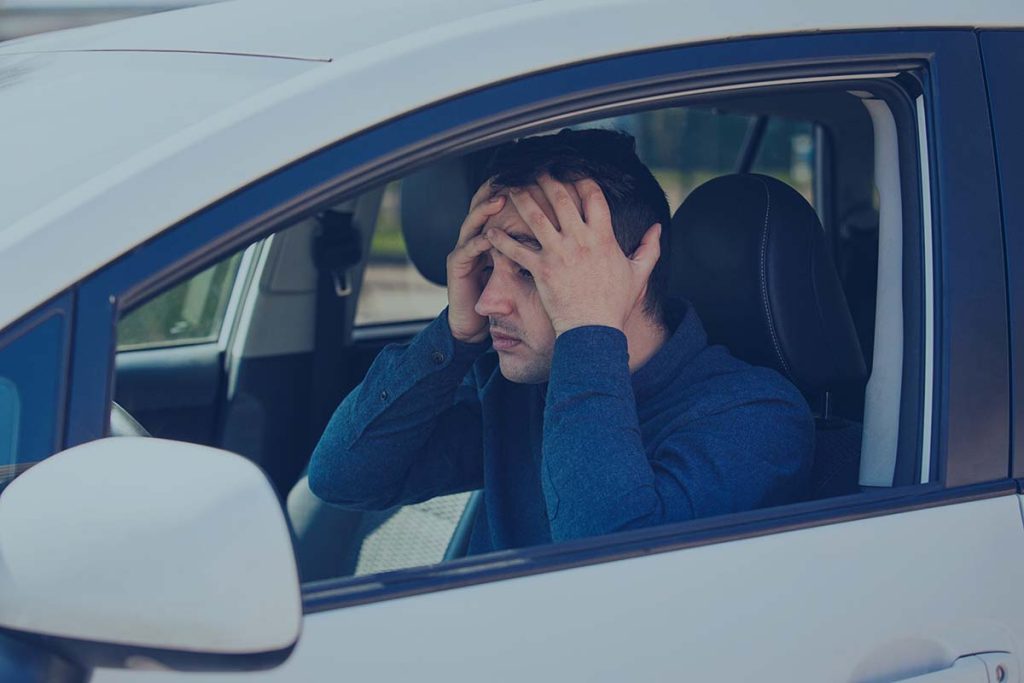
Section 20004 requires the driver to immediately call or notify law enforcement or the Department of the California Highway patrol. Failure to do that and fulfill the requirements escalates the crime into felony hit and run.
Did you have intention?
If the hit and run was a product of road rage or other intentional damage, prosecutors may pursue vehicular homicide charges and the use of a vehicle as a weapon. If the act was not intentional, or if you were under the influence of drugs or alcohol and the accident results in death. Prosecutors may pursue gross vehicular manslaughter while intoxicated, vehicular manslaughter while intoxicated, or vehicular manslaughter.
Note, you may face multiple charges for multiple offences.
What is the penalty for hit and run in California?
If the accident results in property damage and the driver flees the scene, The penalty is up to one year in jail and a fine not below $1000 but not exceeding $10000.
If the accident results in death or injury, the driver is guilty of a felony, punishable by up to four years in prison. The court may also order a fine not less than $1000 but not more than $10000.
Note, the court considers the driver’s ability to pay the fine, meaning the minimum fine may reduce.
What is the penalty for a hit and run while intoxicated in California?
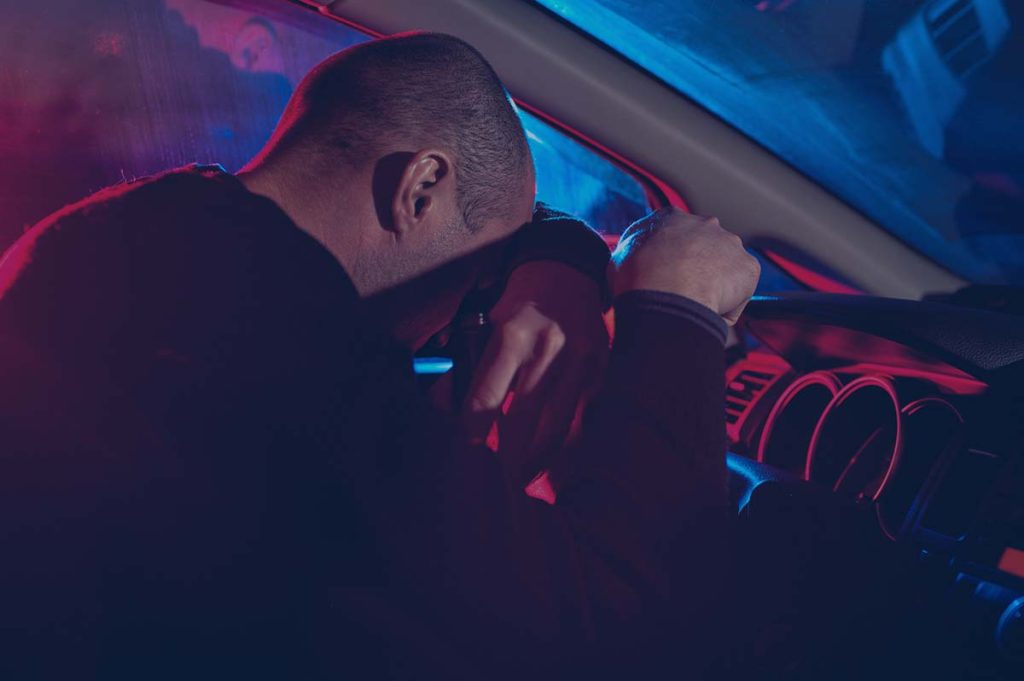
If the driver had no motive or intention to injure or kill the victim. The individual is guilty of gross vehicular manslaughter. Under chapter 1 Homicide 187-199, vehicular manslaughter is a felony punishable by up to ten years in prison. On top of that, section 20003 reads in part, quote,
“Upon conviction of any of those sections, in addition, and consecutive to the punishment prescribed, shall be punished by an additional term of imprisonment of five years in the state prison. This additional term shall not be imposed unless the allegation is charged in the accusatory pleading and admitted by the defendant or found to be true by the trier of fact.”
What to remember about Section 20001 through 20018:
- You must immediately stop at the scene of an accident. If the accident results in property damage, you may move the vehicle to a safe position near the scene. If the accident results in death or injury, do not move the vehicle unless instructed by law enforcement or emergency workers.
- Stay at the scene and notify law enforcement of the accident.
- If the driver or person attending the vehicle is unreachable, you must leave a note with your information in a conspicuous place on the vehicle.
- Failure to comply with the requirements of Sections 20003 and 20004 is a misdemeanor.
- If you do not have a driver’s license, you may exhibit any other official identification document to law enforcement, the victim, or the person attending to the victim.
- If the driver is incapable of making a mandatory accident report, an occupant of the vehicle may make the report.
- Immediately contact your lawyer if you have been involved in a hit and run
How is fault determined in California?
California is a “pure comparative negligence state,” which means that the person who causes the accident must pay damages to the other party. Because of that, you should never in any way admit fault at the scene of an accident. What if each party was responsible for the accident?
Each party must pay damages. However, determining fault can be tricky, so we recommend consulting with an attorney.
California comparative negligence rule
California’s comparative negligence rule allows the claimant to recover damages, even if the individual was responsible for the accident. But, your percentage of fault reduces your award. Furthermore, you must prove that the other party owed you a duty of care and that the individual’s breach of duty caused the accident.
In short, do not do any of the following after a car accident in California:
- Do not flee the scene. Fleeing the scene without fulfilling what is expected of you at the scene turns the accident into a crime.
- Never admit fault. Admitting fault will impact your claim and may increase insurance premiums.
- Failure to call the police.
What is the statute of limitations for accidents in California?
If you suffered injury or property damage, California law says you have two years to take civil action. If the victim is a minor, the individual can only take action once he turns 18. Once you turn 18, you have two years to sue the other party.
What evidence is needed to convict a hit and run in California?
If you are the victim of a hit and run, you must collect all the information you can at the scene. For example, you may collect witness testimonies or contact information, physical description of the perpetrator and vehicle that hit you, traffic conditions, and so on. That information will make it easier for law enforcement to track down the offender.
California hit and run laws: What are the defenses for a hit and run in California?
Note that every case has a unique set of facts. Meaning your defense depends on the facts presented. However, the most used hit and run defenses used in California include:
It was unsafe to stay at the scene
If you had a legitimate reason to fear for your safety, for example, if the victim had a weapon or threatened you in any way. You may flee the scene and report the incident to law enforcement.
The other party did not suffer injury or property damage
If you were the only one who suffered injury or property damage and can prove it, then you are not guilty of any crime. Meaning, a hit and run in California is only a crime if the other party suffers property damage or injury.
You did not know of your involvement in a traffic collision
If you reasonably believed that the other party suffered injury or if you did not notice the collision, you may use that as a defense.
Accepting responsibility for all expenses of the accident
Under penal California code 1378 PC, the court may dismiss charges if the accused fulfills all the requirements under 20003 and 20004 and accepts responsibility for all expenses of the accident. The statute reads, quote:
“If the injured person appears before the court in which the action is pending at any time before trial, and acknowledges that he has received satisfaction for the injury, the court may, in its discretion, on payment of the costs incurred, order all proceedings to be stayed upon the prosecution, and the defendant to be charged; but in such case, the reasons for the order must be set forth therein, and entered on minutes. The order is a bar to another prosecution for the same offense.”
In short, you may compensate the victim out of court. Once that is done, the victim must appear in court for the judge to dismiss the case.
Other California Laws